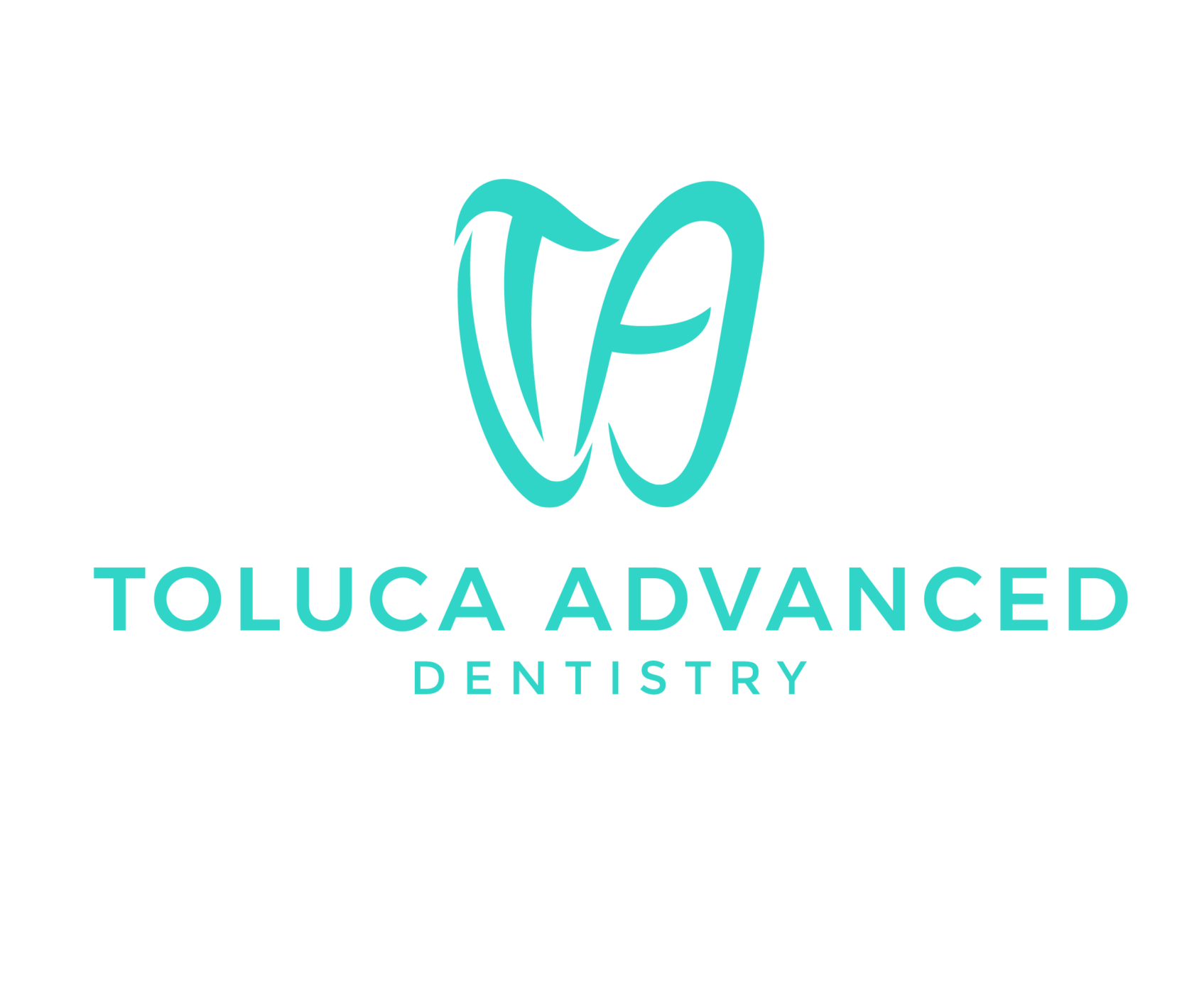Congratulations! Your baby’s baby teeth have fallen out. The mission of this small tooth in the oral cavity is over. A small, rootless tooth crown in your hands. Many parents mistakenly think those baby teeth have such an appearance from the beginning, so they face many questions during dental treatment. This week we will look at the characteristics of baby teeth and the structures that are hidden from parents.
When the deciduous teeth are complete, there are 20 teeth inside the oral cavity, including 8 anterior and maxillary anterior teeth, 4 canines, and 8 deciduous molars. All the components that are in permanent teeth are also present in deciduous teeth. The constituents in the enamel crown part are dentin and crown nerve and in cement root part, dentin and root nerve are.
The anterior teeth and canines have one root and the posterior teeth have two to three roots.
The average length of deciduous teeth is between 10 and 15 mm. These roots decompose slowly and slowly throughout the child’s life, and when the root is completely decomposed, it is time for the baby tooth to fall out and the permanent tooth to be replaced.
Cavities in a child’s teeth initially involve the analysis of small spots in the enamel. If the necessary treatments are not given to the child at this stage, the cavities will gradually spread and penetrate the dentin. At this stage, the child may feel pain in the area of the decayed tooth. If not done at this stage, the cavities will progress and spread to the nerve of the deciduous tooth.
Infiltration of tooth decay into the area of the deciduous nerve is usually associated with severe pain and discomfort in the child, although in some cases due to the slow progression the child may have no symptoms of pain and the dentist can detect the decay of tooth decay by radiography. Delayed stage may occur due to microbial interactions of the infected tooth nerve and dental abscess and removal of pus from the gums of the affected tooth.
If tooth decay has progressed to the level of enamel and dentin, treatment is needed to repair the tooth. These restorations are performed at the discretion of the dentist with composite materials (tooth-colored materials) or amalgam (silver-colored materials). In the event of extensive destruction of the deciduous crown, stainless steel veneers for children may be used. The choice of restoration type should be left entirely to the dentist because in many cases restoration with a specific type of material may not be possible or appropriate for your child’s teeth.
Primary teeth should remain in the oral cavity until a certain age. This age is about 6 to 7 years for anterior teeth and about 9 to 12 years for canines and posterior teeth.
Therefore, in addition to the important role in the nutrition of the child, the preservation of these teeth is essential for the proper growth of alternative teeth.


